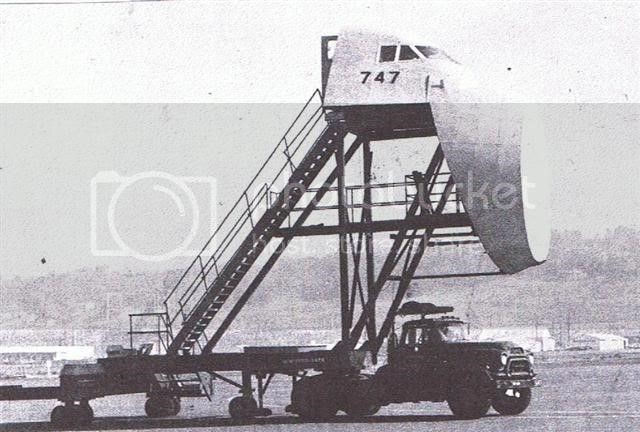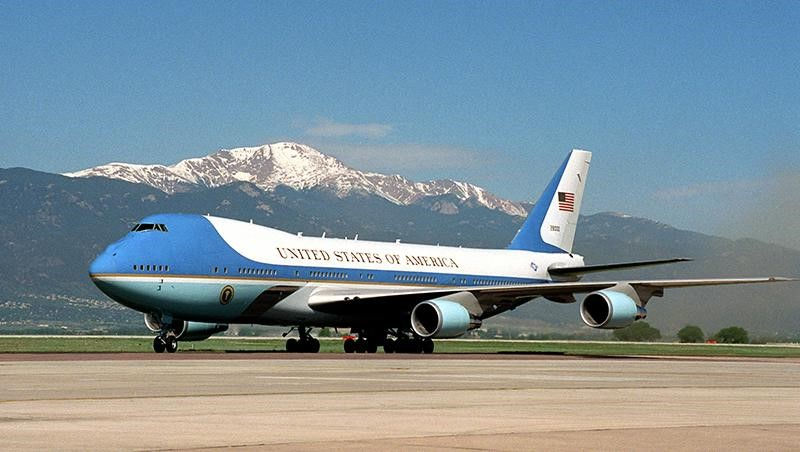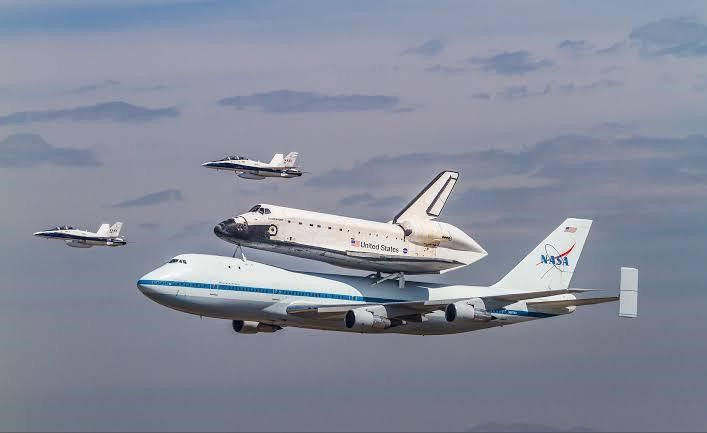What made the 747 the most unique aircraft of all time?
- webtheinquisityclu
- Nov 15, 2020
- 3 min read
A chapter of aviation history closed this 2020 when the world bids farewell to the 747, the jumbo jet that made air travel way more affordable for millions of people around the globe.
The double-decker plane with the humped fuselage became one of the world’s most recognized planes. After flying the four-engine, fuel-guzzling plane for decades, United and other airlines retired the so-called Queen of the Skies in favor of sleeker, more cost-efficient models. The planes are now used frequently for cargo, which was the reason for the plane’s design. Some models were given a hinged nose to allow for easy loading of goods.

What underwent in designing the 747?
Pan Am president Juan Trippe asked Boeing CEO Bill Allen for a long-range airliner twice the size of a 707 to circumvent the problem of limited gates at airports. Boeing designer Joe Sutter incorporated design influences from the contemporary program that produced the huge Lockheed C-5 Galaxy airlifter. Three airframe designs were considered for the 747 with first one stacking one 707 fuselages on top of another, according to Boeing historian Michael Lombardi.
The first idea was an airplane that looks a lot like the A380, which was soon discarded because they could not evacuate the cabin quickly enough in an emergency (90 seconds rule). Then they thought of two fuselages side-by-side, the idea of the twin-aisle. Which has been the basic model for all widebodies.

In a world full of widebody airliners including the Airbus A380, people forget the 747’s mammoth size and its status as a prestige aircraft. Dubbed the “Jumbo Jet” by the media, the 747-100 was about 1.5 times as large as a Boeing 707 and could carry 440 passengers compared to the 707’s modest 189 headcounts. In fact, the airplane was so large, Boeing had to build a new factory in Everett, Washington, just for assembly and it remains the largest building by volume in the world. That is the amount of investment Boeing had to do for the 747.
Along with numerous aerodynamic innovations, it was the first commercial aircraft to incorporate high-bypass turbofan engines like those developed for the C-5. The Jumbo also pioneered commercial autopilot for landing and quadruple main landing gear. The 747 was a true engineering marvel.
(Well, if you have been to St. Marteen and not been blown in the sea due to the Jet blast of a 747 you have not lived life.)

What made the 747 the Queen?
The huge size, the design, the precision used of its time is what made the 747 a Queen. It was a gem.
Due to its unprecedented size, Boeing worried that the 747 would be challenging to operate. But designers and test pilots labored to make an airplane easy to handle, whether on the ground or in the air. Before the prototype was completed, designers improvised a mock-up cockpit mounted on the roof of a truck to simulate taxiing an airliner whose cockpit was 35 feet above the ground.

After just 28 months, the first of many 747s made its first flight on February 9, 1969, with its first commercial passenger flight arriving on January 22, 1970, on Pan Am's New York–London route. The 747 was a flying status symbol that rivaled the stylish European Concorde. What it lacked in speed it more than made up for in comfort.
The 747’s passenger capacity lowered seat/fare costs. Although its development costs and the early 70s recession/oil crisis nearly bankrupted Boeing, it became a long-term moneymaker.

Eight different commercial variants have been built including the still-in-production 747-8F freighter version. While its days as an airliner are numbered thanks to more efficient, slightly smaller airplanes like Boeing’s own 777, the 747’s size and cargo-oriented design will keep it flying freight for decades to come.

The Jumbo continues to serve as the VC-25, known as Air Force One when the President of the United States of America is on board, and as America’s National Airborne Operations Center as the E-4B (Also known as flying white house). China, India, Japan, South Korea, and Saudi Arabia all use 747s for their heads-of-state.
747s have carried everything from the experimental Airborne Laser to the Space Shuttle, acted as super fire tankers.

No wonder it will be missed by people all over the globe. As the plane becomes a rarer sight at airports, passengers still often stop to get a look at the “Queen of the Skies.”. There will never be a plane like it, It is a throwback to the time when air travel was perceived to be more gracious and glamorous.





Comments